Order: Passeriformes. Family: Motacillidae

Kruger National Park, H14
Description
Size 16-18 cm. It is one of the largest of the 'Large pipits' group, with a particularly long tail, long tibiae and a long neck. In the field, the head usually appears rather small in proportion to the body and the crown is flattened (giving the bird a "long-nosed" look). The Buffy Pipit lacks streaking on the mantle and upperparts. The face is usually quite plain, with at most a paler supercilium and sometimes a faint malar stripe. They lack the well-defined and bold facial markings of the smaller 'Large pipits'. The breast markings are usually fairly faint and smudgy. The lower mandible appears pink.
On the ground it stops, generally remaining horizontal, but does occasionally stand bold and upright. Moves its tail up and down, wagtail-like, more frequently than other pipits.
Juvenile. resembles adult but is mottled above.
Similar species: Difficult to distinguish from Plain-backed Pipit but the breast markings are often faint, with a rich, buffy belly and flanks. The base of the bill is pink (not yellow).
Distribution: Occurs in sub-Equatorial Africa from southern DRC through Zambia, Malawi and Angola to southern Africa. Here it is locally common from Mozambique to South Africa (excluding the fynbos and Karoo biomes of the west), Botswana and Namibia, marginally extending into Mozambique.
Habitat
Similar to that of Plain-backed Pipit (hillsides covered with short grass) but usually at lower altitudes. It generally prefers open grassy plains with patches of bare ground, overgrazed land, fallow pastures, recently burnt fields and the edges of pans.
Diet
It mainly eats insects and other invertebrates, doing most of its foraging on the ground.
Breeding
The nest is an untidy cup of coarse grass, lined with fine grass and rootlets and placed in a hollow at the base of a grass tuft or rock overhang.
Egg-laying season is from July-February, peaking from September-December. It lays 2-3 eggs, which are incubated for 14 days. The chicks are fed by both parents, leaving the nest after about 12 days.
Call
A repeated, two-noted song, tchreep-churup. When slushed, it gives a shot sshik.
Status
Uncommon resident.



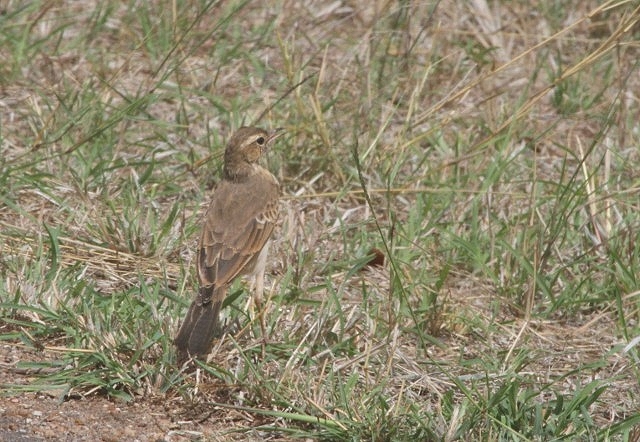
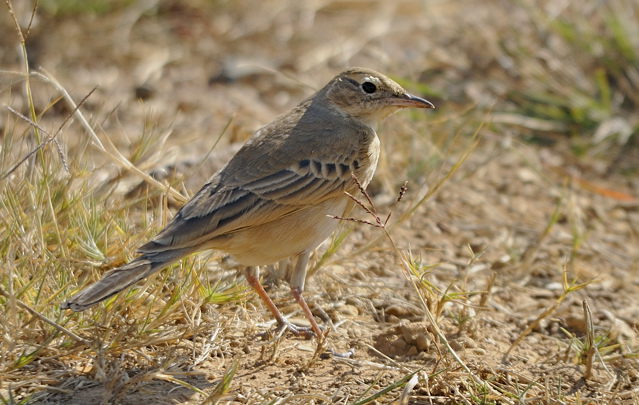

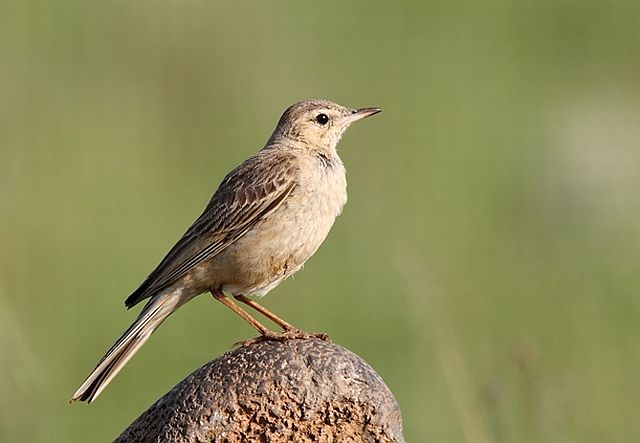 © Flutterby
© Flutterby © Puff Addy
© Puff Addy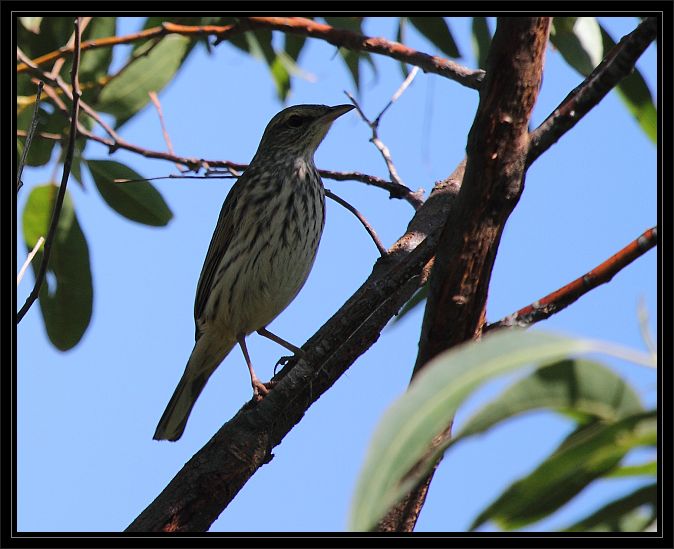
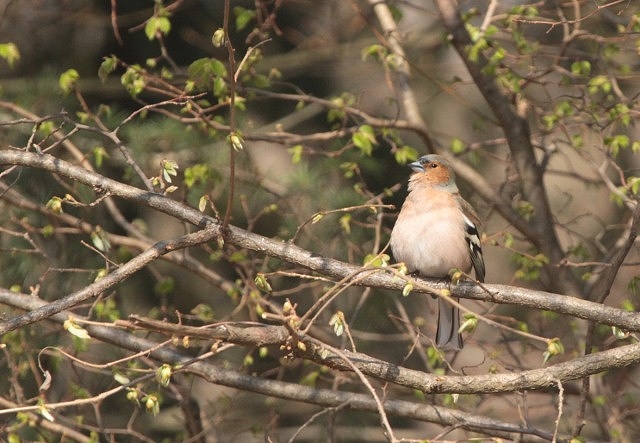
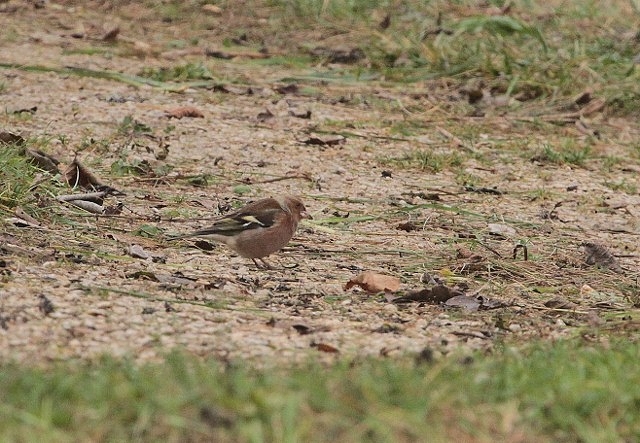
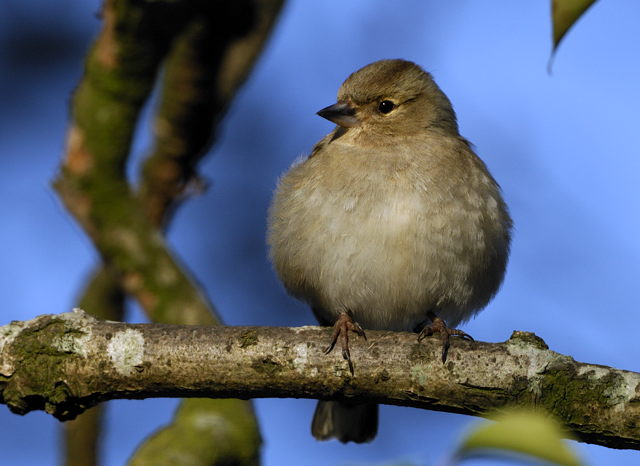 © Dewi
© Dewi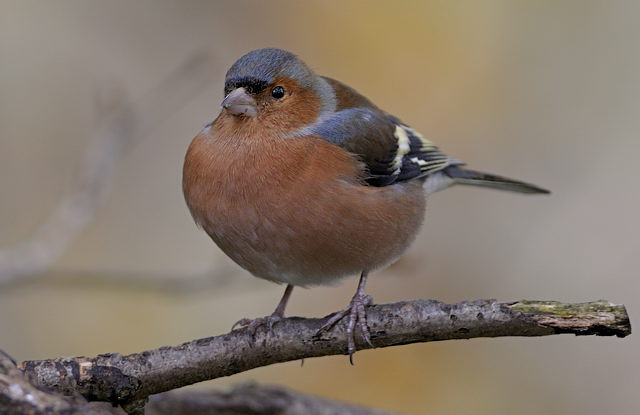 © Dewi
© Dewi